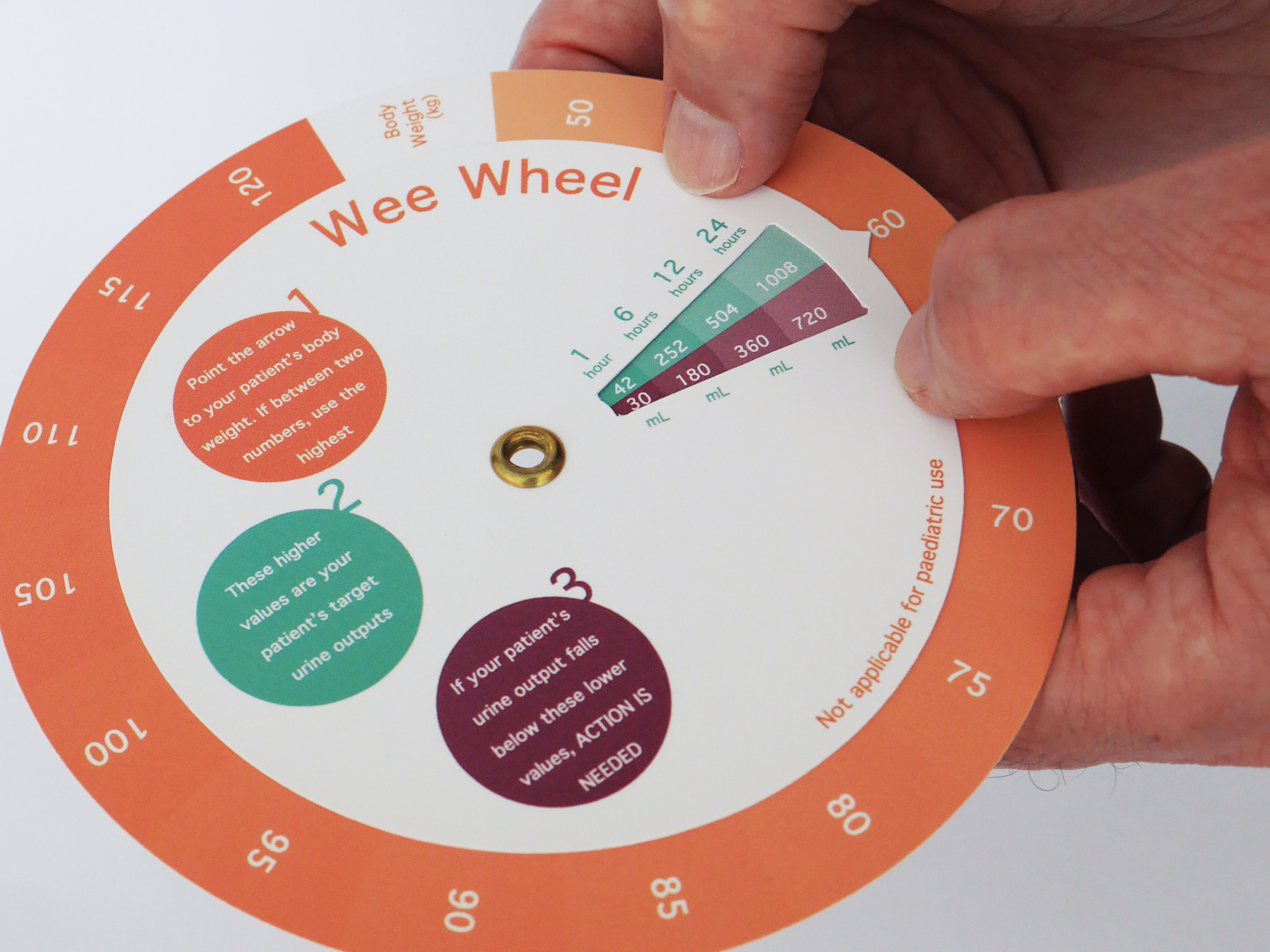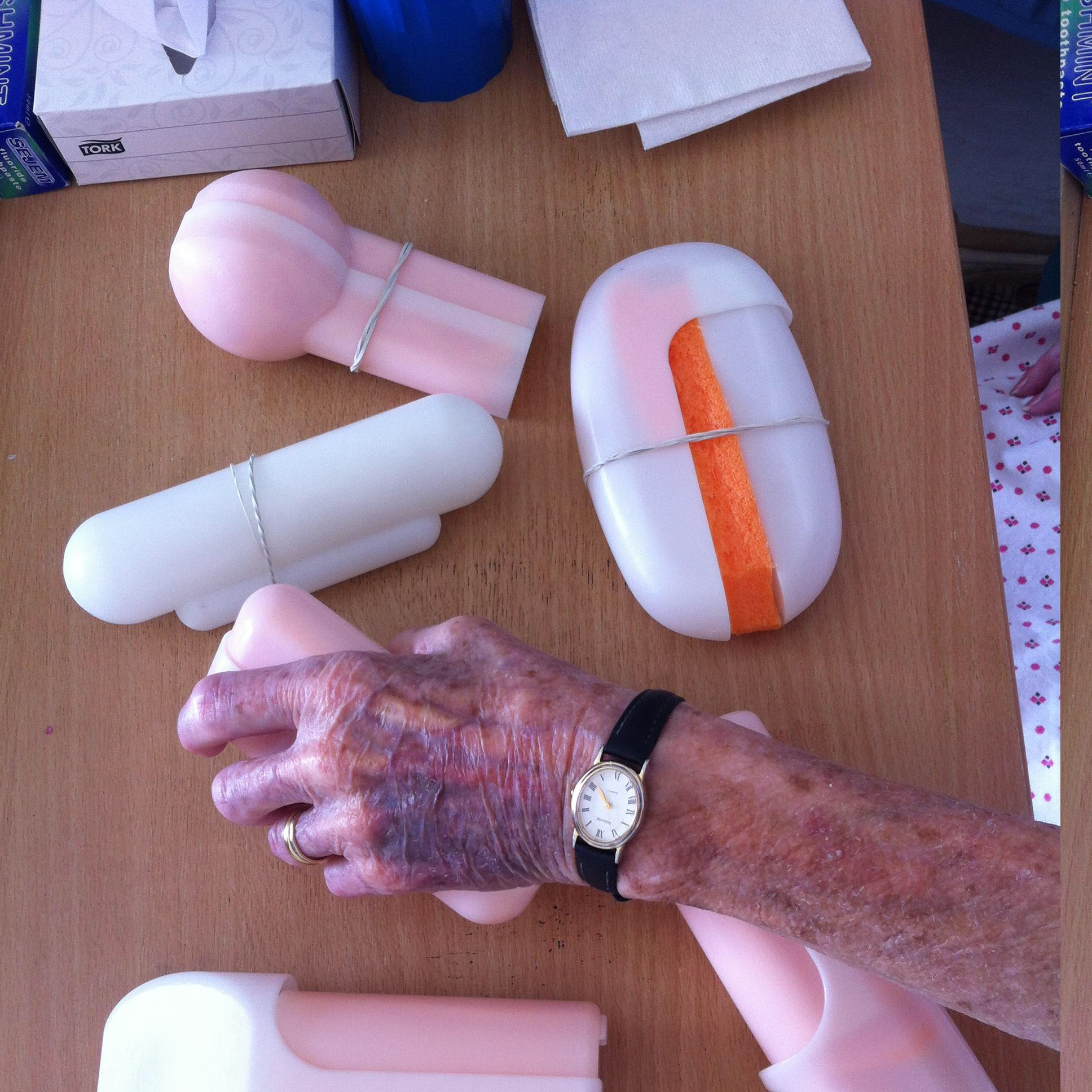Surgical instruments that assist surgeons to calculate and implement a tailored surgical procedure.
___
Osteoarthritis is a degenerative disease that causes joints to degrade. Cartilage can wear away and bony growths called osteophytes can develop. This degeneration can cause unbearable pain, impede function and can significantly reduce quality of life. Total knee arthroplasty, otherwise known as total knee replacement, is a surgery that involves the removal and replacement of the articulating surfaces of the human knee joint. Current patient satisfaction rates are poor, with 1 in 5 patients reporting being unhappy with the result of their surgery. People's legs and knees aren't all the same, and the traditional surgical philosophy widely adopted by surgeons doesn't take into account this variation in anatomy from person to person.
We collaborated with the surgical community to explore the future of knee surgery with the aim of improving patient outcomes. Our research included investigating surgeon attitudes towards change, and how to communicate a large shift in philosophy.
Alongside developing a new surgical process and surgical planning app, we developed a set of surgical instruments. The suite of instruments assists the surgeon to measure the geometry of the patient’s natural anatomy and to calculate the desired implant position. They also aid the surgeon to perform the surgery to implement the correct position, based on their patient’s anatomy, the surgeon's surgical boundaries and the mechanical limits of the replacement knee. The surgical instruments are currently confidential, and the images displayed here are of existing products.
The project was a collaboration between DePuy Synthes Joint Reconstruction, a Johnson & Johnson company, and The Helen Hamlyn Centre for Design at the Royal College of Art. Cover image by Karolina Raczynska. Third and sixth images below of the 'Breaking Through' exhibition by Sara Hibbert.







